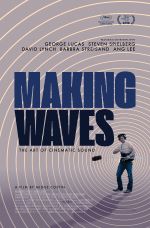 When Midge Costin was a student at the USC film school, she had no idea that she would not only fashion a career in post-production audio for films, but she would also create the definitive documentary about the subject — Making Waves: The Art of Cinematic Sound, now in limited release.
When Midge Costin was a student at the USC film school, she had no idea that she would not only fashion a career in post-production audio for films, but she would also create the definitive documentary about the subject — Making Waves: The Art of Cinematic Sound, now in limited release.
“How do I use sound to tell the story?” she wondered of her first endeavors in the field. By the end of the 1980s, she was creating sound for movies including Days of Thunder in 5.1 surround sound, also known as six channel surround sound audio systems.
After continuing to edit sound on films such as The Rock, Armageddon, and Crimson Tide, Costin realized that few in the industry, to say nothing of the public, understood the degree to which sound comes into play in a film. “We don’t process sound through our brains,” Costin explained. “We process it through our gut. I have a passion for telling people about the importance of sound.”
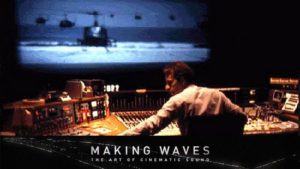
By 2002, Costin started to research her field and discovered that a film of any type had never been produced about the world of cinema sound. After creating a proof-of-concept video in 2010, Costin was on her way, chipping away at the project while maintaining her duties as a full-time professor. In 2013, she shot the first set of interviews for what became the full feature Making Waves.
Unfortunately, very little is known about the first generation of sound artists other than Murray Spivack, who had been previously interviewed—among sound professionals, Spivack is known as the genius who devised all of the sounds for the original 1933 version of King Kong.
With a lack of information about the early years, from 1927 until mid-century, Costin relied on contemporary sound experts — and lauded sound pros — Walter Murch, Ben Burtt, and Gary Rydstrom, who provided a wealth of information about the history of sound in addition to shedding light on their own award-winning careers.
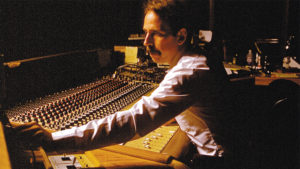
Chronicling the last half of the 20th century specifically, Costin’s film is a detailed account of the art and artists in the realm of motion picture sound. “We just don’t have awareness about sound,” Costin revealed of her film’s revelations. “I’ve been telling my students for 20 years—it was a story that was never told. When people see the movie, they are so excited about it. People rush me and have to talk about it at festivals.”
As divulged in Making Waves, in the 1970s, a senior vice-president of the institutional audio equipment company Dolby urged founder Ray Dolby to introduce stereo sound into motion pictures. “All of the studios said that they didn’t need stereo,” Costin related, “until Barbra Streisand wanted it on A Star Is Born (1976).”
Indeed, Costin credits Streisand, Stanley Kubrick, with A Clockwork Orange (1971), and George Lucas, with the original Star Wars (1977), in largely getting stereo and the Dolby system into theaters.
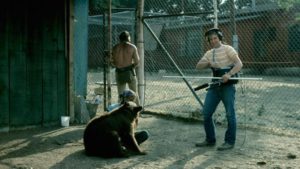
Eventually, Costin compiled 90 interviews and 200 hours of footage for Making Waves — including four hours just with Lucas. Alas, she knew that to release a palatable documentary, she would need to tell an effective 90-minute story. “For a documentary, that’s people’s attention span,” she said. For the last two years of post-production on Making Waves, Tom Miller was supervising editor and Kate Adman was consulting editor, with David J. Turner listed as chief picture editor.
One film showcased in Making Waves which was critical to the development of 5.1 sound was Francis Ford Coppola’s Apocalypse Now. Prior to that landmark production, sound designer Walter Murch, re-recordist Richard Beggs and post-production recordist Randy Thom had only previously worked in monaural sound. “Apocalypse changed everything,” Costin stated. “Surround became the norm, but it took a while to get there. There were no 5.1 theaters.”
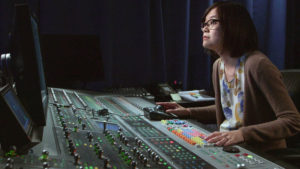
Of Making Waves, Costin hopes that viewers, both in the industry and in general, learn how important sound is to every project. “It’s emotional, not just technical,” she said. “The audience will never see a film again in the same way. This is an art form.”





